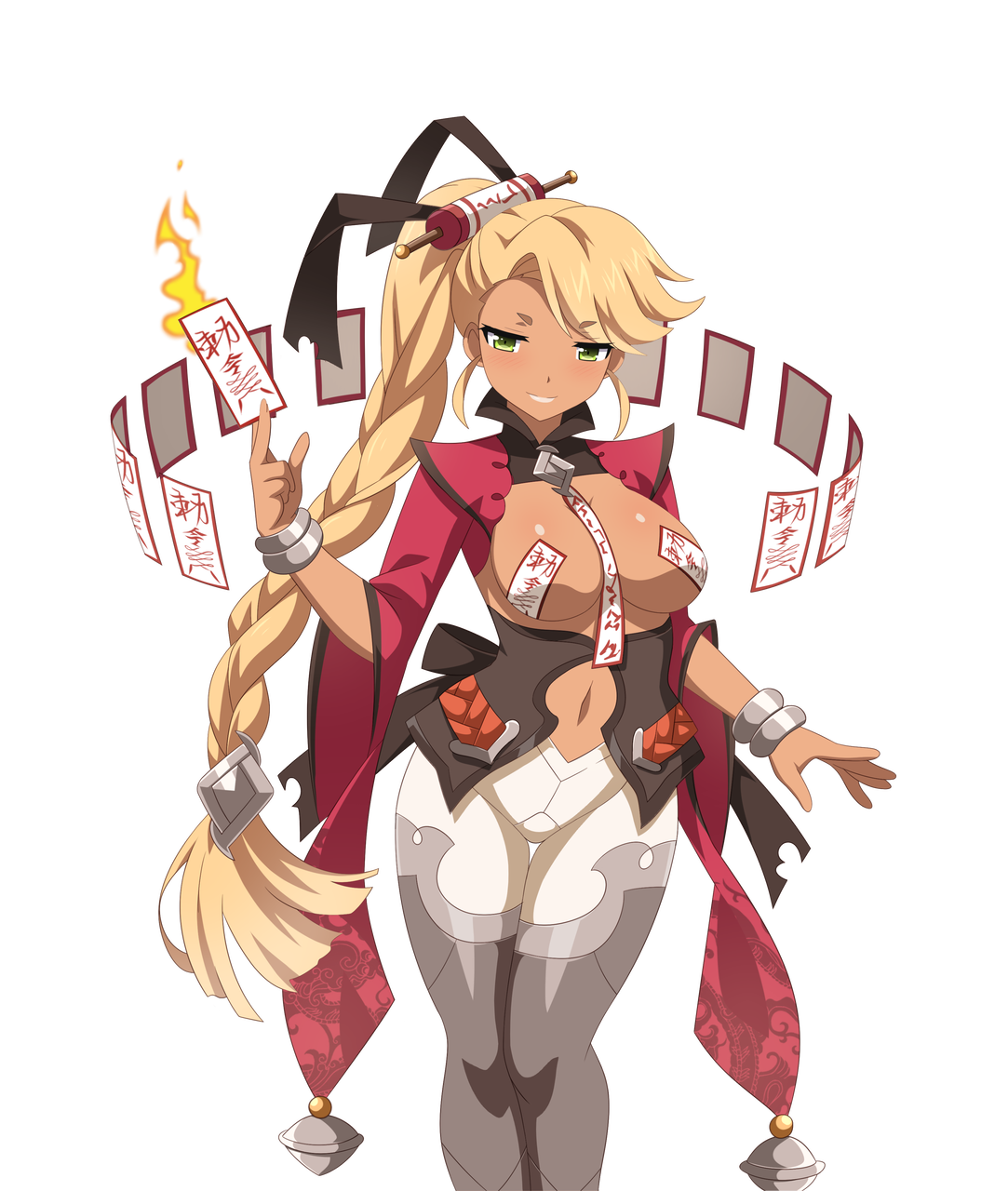

From crisper sprites, more varied graphics, to a better-told story, it does everything better in every conceivable way.
#SAKURA DUNGEON 1.05 SERIES#
If anything, the first game in the series is more a proof of concept than a fully realized game. Also, it is considered very short relative to the genre.

It is very basic in its storytelling and the world is not properly fleshed out. Luckily, the battle system is engaging, even if the game grows repetitive by the end because there is nothing much to the game other than that. Also, the battle system has a focus on area-of-effect moves and gives each character a range of attacks and options that is close to classic JRPGs, making for a hybrid genre. As such, with only seven characters in your party, the battles much faster and more frequent. Unlike fully realized TRPGs like Shining Force and Fire Emblem, the battlefield is smaller and the number of units is lower (seven in the first game and six in the rest).

The special thing about Arc the Lad‘s battle system is that it combines both traditional Turn-Based RPG battles and the grid-based Tactical RPG battles. In that world, the titular lad, Arc, goes into an epic journey that involves shadowy organizations, ancient magic, and a lot of battling. It simply introduces a steampunk world setting where technology, magic, and monsters all exist. Commercial Reception: About 1.11M Units Sold.Īrc the Lad establishes much of what the series is about with a minimum of fuss.However, all three games were eventually published in the West by Working Designs as the Arc the Lad Collection in 2002, whooping three years after the release of the third game. Originally, these games were not ported to the West. However, the general Tactical RPG gameplay remains the same. There is a clear progression in scope and ideas between each of the three games. The original trilogy of Arc the Lad games consists of three interconnected games set in the same steampunk world. As for the spin-offs, they are varied and each game is nearly self-contained within itself.Īll audience ratings are from GameFAQ, and commercial performance is based on some research by myself. The mainline games all employ a similar JRPG structure that utilizes the franchise’s trademark battle system. These are divided neatly into three mainline games, and three spin-offs. Unlike other franchises that I covered in these blogs, Grandia only has six games. To understand what exactly happened to the Grandia series, we need to look at all the games released under that name, which isn’t many. Hell, it even managed to spawn an anime show.Īrc the Lad was a solid TRPG series that survived for two generations before unexpectedly being decimated by the release of the PS3. The third game in that strategy was slightly different, a Tactical RPG that didn’t exactly light up the world but it did find some sort of a fan following. One was Wild Arms ( Where the Hell is Wild Arms?), another was PoPoLoCrois, a one-off game. As such, they had three major RPG game releases in their first year, all published by their video game wing. Coming into the console market as a new player, Sony knew they had to cover all bases, especially regarding the RPG genre that is heavily favored by the audience in Japan.


 0 kommentar(er)
0 kommentar(er)
